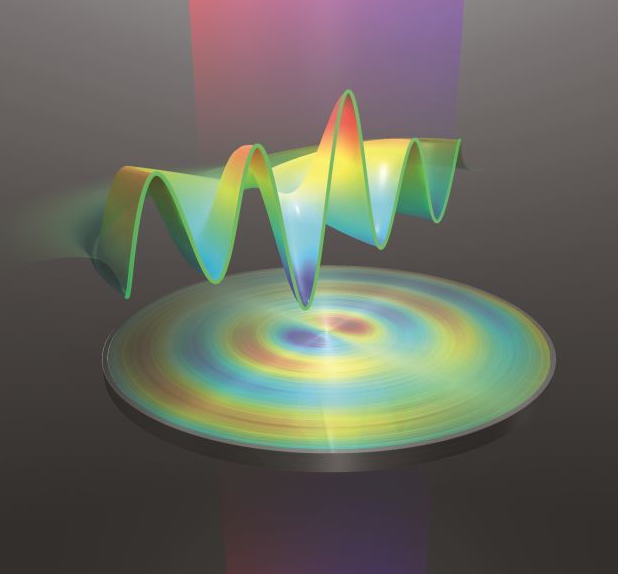Nano-Optics and Photonics
At the INT, by combining STED ideas with direct laser writing (DLW), we can produce photonic crystals with band gaps at visible frequencies. We are also working on integrating nanomechnical elements like carbon nanotubes with optical elements to form devices. Theoretical efforts focus on the interaction of light with materials that have critical spatial dimensions in the order of one wavelength or below, i.e. at the nanoscale.

Advanced optical fabrication techniques for artificial photonic materials
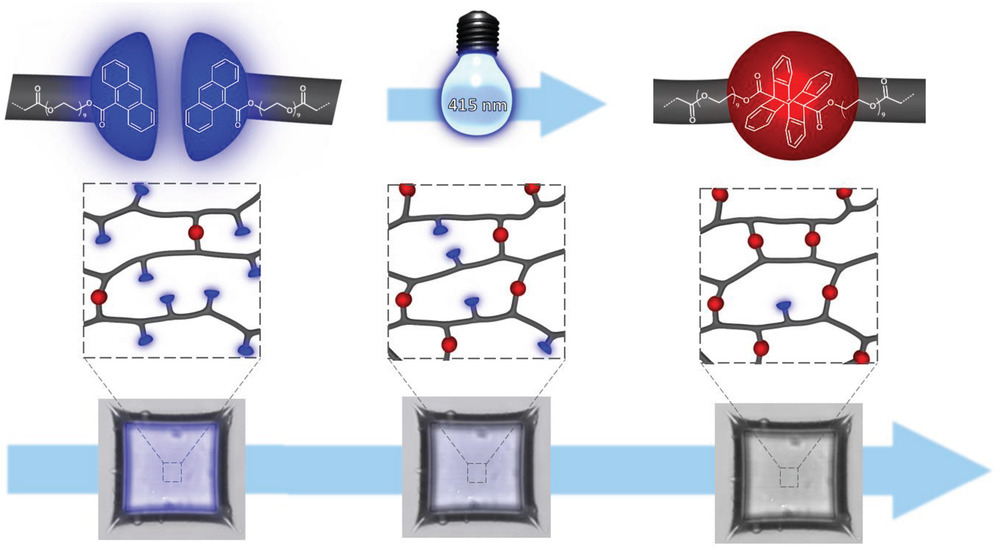
Design of polymers to control post-processing of structures created by Direct Laser Writing
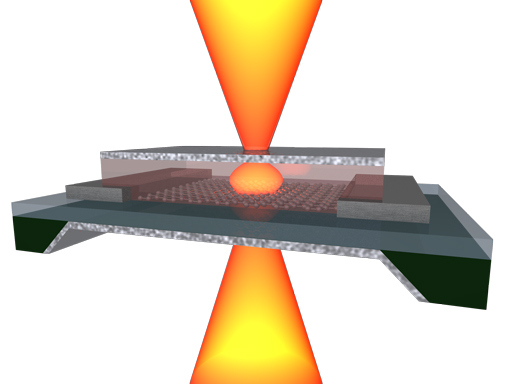
Light-matter interaction in carbon nanosystems and optoelectronic applications
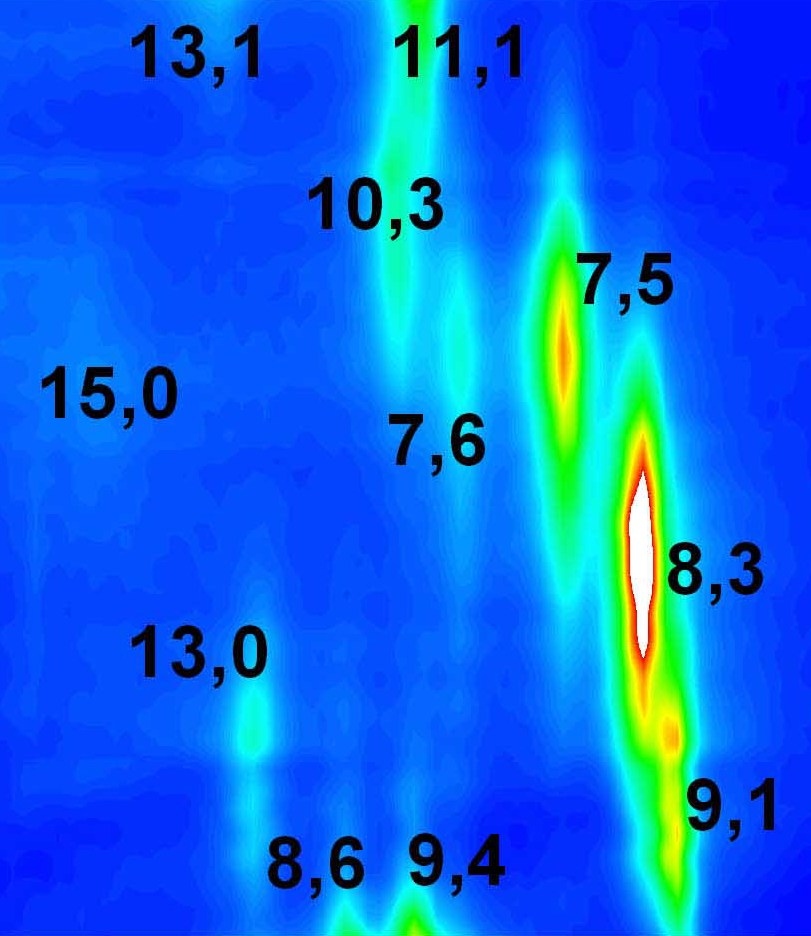
Photoluminescence and Raman spectroscopy and microscopy for carbon nanotubes and other inorganic and organic materials
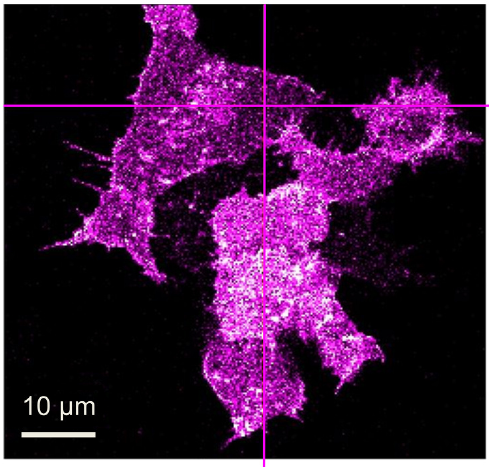
Optical microscopy of the highest spatial and time resolution to study biomolecules and cells.
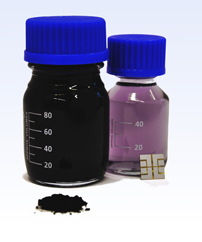
Using sorted single walled carbon nanotubes (SWCNTs) in the fabrication of new forms of solar cells and sensing devices

